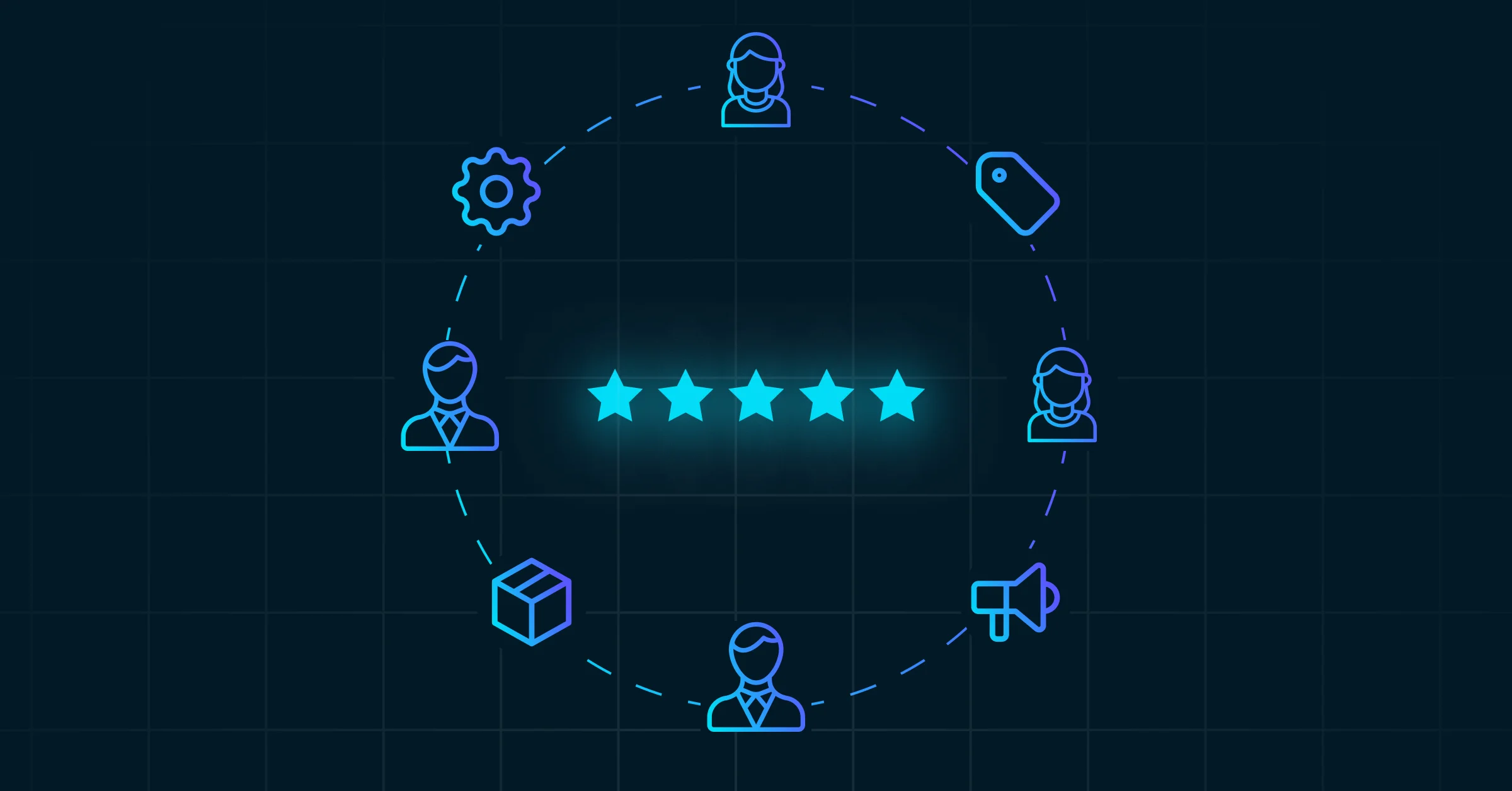How to Get Your Team Aligned on Feedback
High-impact review campaigns convert authentic customer voices into data-backed strategies, yet many teams still treat reviews as someone else's responsibility.

Why Team Alignment Matters
Customer reviews offer a direct line to what your buyers value, question, and want improved. When reviews are shared across departments, they become a force multiplier:
Marketing
gains persuasive messaging and credibility-boosting proof.
CX/Support
detects recurring issues and mitigates churn risks early.
Product
gets real-world input that sharpens prioritization.
Operations
uncovers logistics or fulfillment breakdowns.
True alignment turns reviews into a continuous improvement engine—not just a one-time data dump.
✅ Real-World Alignment Checklist
Use this to assess if your team is truly acting on customer feedback.
Ownership & Visibility
Feedback Integration
Team Engagement
Closed Loop Practices
Where Teams Fall Out of Sync
Several friction points can dilute the value of customer feedback:
Ambiguous ownership
reviews default to one department with no cross-functional visibility.
Siloed data
reviews stuck in email threads or tools never reach the right teams.
No feedback loop
feedback is collected, but not analyzed or acted upon.
When these gaps are addressed, organizations unlock a powerful loop: deeper insights → sharper decisions → stronger outcomes.
How to Operationalize Feedback Sharing
Several friction points can dilute the value of customer feedback:
Assign a Feedback Lead
Designate one team member to gather, tag, and circulate key reviews weekly. They facilitate, not gatekeep.
Share Feedback Transparently
Use a shared Slack channel, Notion board, or weekly digest email to broadcast key reviews.
Build Feedback Rituals
Start meetings with one positive and one negative review. Host monthly retros to spot patterns.
Theme and Tag Reviews
Organize by topics like pricing, product quality, delivery, etc., to surface what's relevant for each team.
Close the Loop Publicly
Showcase improvements tied to reviews to boost morale and demonstrate customer impact.
Make Feedback Relevant to Each Team
Different teams need different takeaways. Think of reviews as a river of insight. Your job is to help each team fish in the right spot. Help them connect the dots:
Quick Win Checklist:
Schedule a weekly "feedback huddle" with Marketing, CX, Product, and Ops
Appoint a single Feedback Champion to tag and circulate top themes
Embed review insights into your next quarterly roadmap planning
Publish a "You asked, we did" update to customers after a change
Track one key metric (e.g., CSAT) tied directly to a feedback-driven initiative
When every department owns feedback—and you close the loop publicly—you transform customer reviews into your most powerful engine for continuous improvement and growth.
✨ This Concludes Section 1
You've learned how to align teams around feedback, close the loop publicly, and make insights relevant to every function—turning customer reviews into a shared roadmap for growth.
Next up: Section 2 — Collection Systems that Scale
